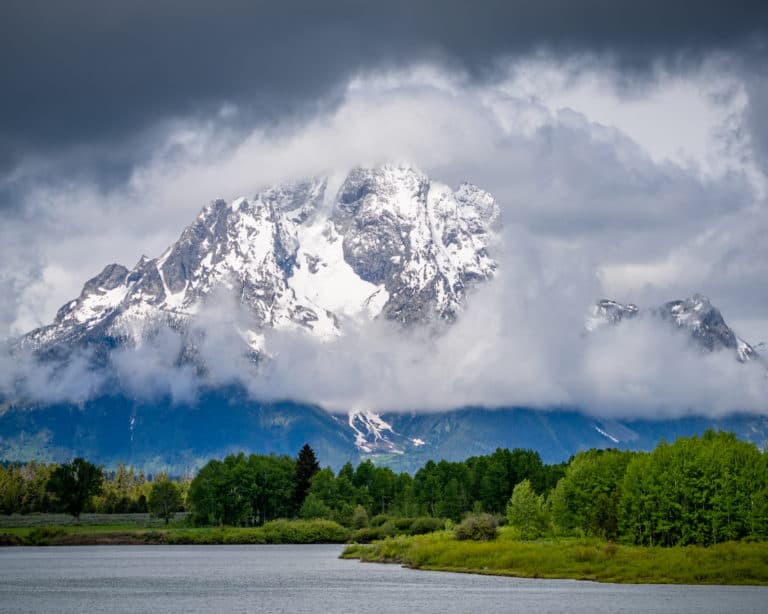
Western United States snowmelt deficit found to be of increasing intensity and length in recent years
Environmental engineers at the University of California, Irvine have developed a new framework for characterizing snow droughts around the world. Using this tool to analyze conditions from 1980 to 2018, the researchers found a 28-percent increase in the length of intensified snow-water deficits in the Western United States during the second half of the study period.
- Related: Warming Temperatures Means Snowpack Will No Longer Be a Viable Drought Predictor, Paper Claims
Results from the application of the new snow-water equivalent index and implications for human populations in impacted regions are covered in a study published today in Proceedings of the National Academy of Sciences.
“Snow is an important global water resource that plays a vital role in natural processes, agriculture, hydropower, and basic socio-economic conditions of various regions. While other forms of drought are well-studied, variations in snow droughts on a global scale have been examined to a far lesser extent until now.”
– lead author Laurie Huning, UCI postdoctoral scholar in civil & environmental engineering
Huning said an analysis using the new framework shows prolonged snow droughts in California, Oregon, Washington, and other Western states, and, to a lesser extent, Eastern Russia and Europe over the nearly four-decade term studied.
Other regions of the world with populations that rely on meltwater from annual snowfall for basic needs – the Hindu Kush, Central Asia and the greater Himalayas in Asia; and the extratropical Andes mountain range and Patagonia in South America – experienced decreases in average snow drought severity and duration during the same time.
The team’s standardized snow-water equivalent index, derived from the Modern-Era Retrospective Analysis for Research and Applications version-2 global data set, can be tuned to variable timescales, such as 1-month or 3-month. It incorporates information about the amount and persistence of snow-water equivalent on the ground, the amount of water stored in the snowpack, which can be related to other types of droughts such as meteorological and streamflow declines, since precipitation and temperature influence snow accumulation and melt.
According to Huning, the team’s SWEI is the first such tool to enable robust comparisons of drought conditions between different regions with variations in climate and snowfall.
The study also highlights Afghanistan for its extreme vulnerability. Approximately three-quarters or more of the country’s snow-covered domain experienced a widespread drought from December 2017 to March 2018. Afghans rely on snowmelt from the Hindu Kush mountain range to irrigate croplands, but they are lacking in dams and other infrastructure to store runoff, leaving them susceptible to both droughts and floods.
Co-author Amir AghaKouchak, UCI professor of civil & environmental engineering, said the drought had an adverse impact on Afghanistan’s agricultural season in the spring and summer of 2018, causing food shortages, livestock losses, and food-insecurity for more than 10 million people.
“Wealthier populations are not immune to problems associated with snow drought; just look at California’s loss of $2.7 billion and about 21,000 jobs following the 2014-15 dry spell resulting from the combination of a low snowpack, low precipitation, and warm temperatures.”
– Amir AghaKouchak
This work was partially supported by the National Oceanic and Atmospheric Administration Climate Program Office (grant NA14OAR4310222), the National Science Foundation (Earth Sciences Postdoctoral Fellowship EAR-1725789 and award number OAC-1931335), and the National Aeronautics and Space Administration (grant NNX16AO56G).
“Snowmelt provides freshwater to more than a billion people, one sixth of the world’s population. Water from melting snow irrigates the crops of farming regions including areas that seldom if ever receive any snow during the winter, such as California’s Central Valley— so it’s important from an agricultural resources standpoint to have a clear picture of snow drought trends and their impacts.”
– Laurie Huning